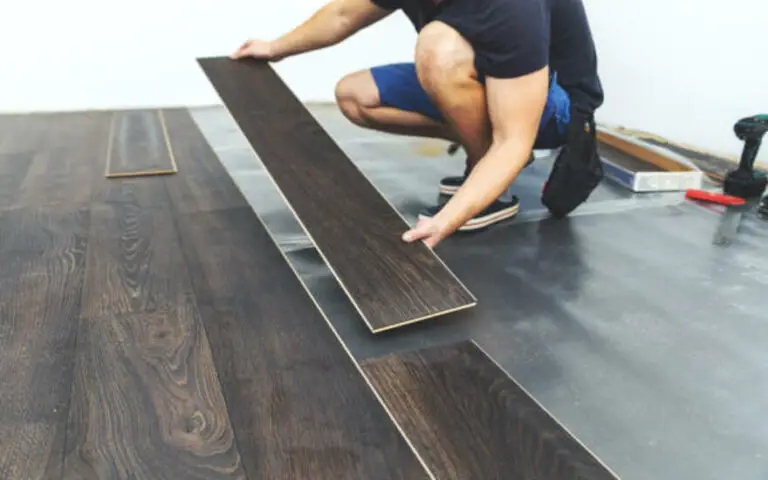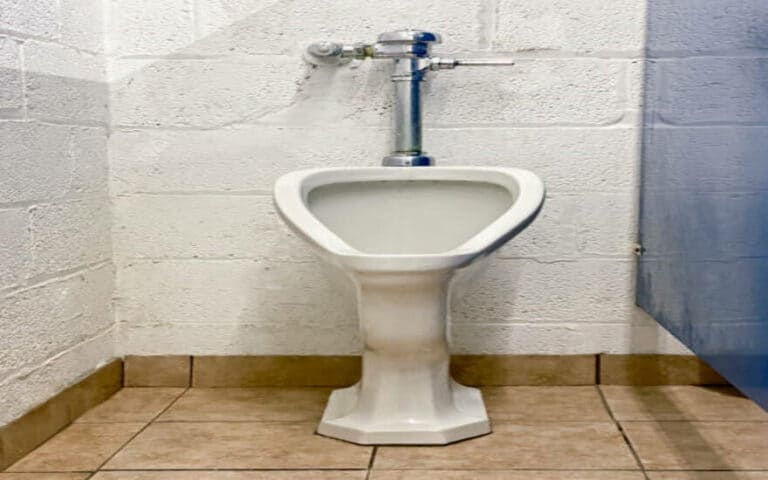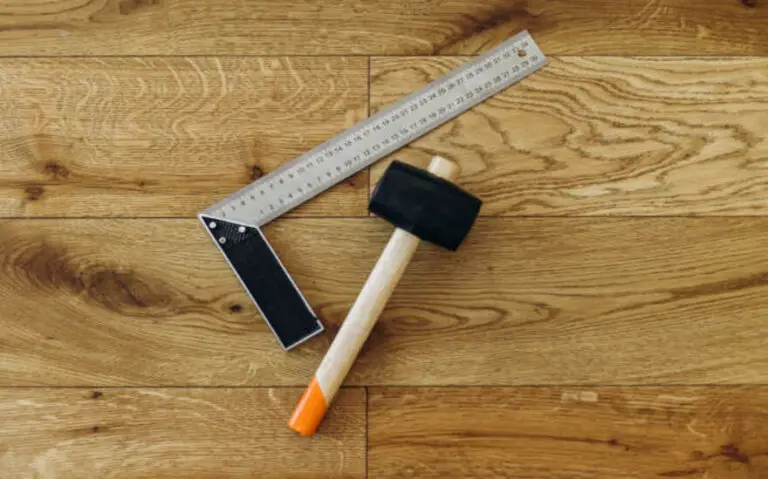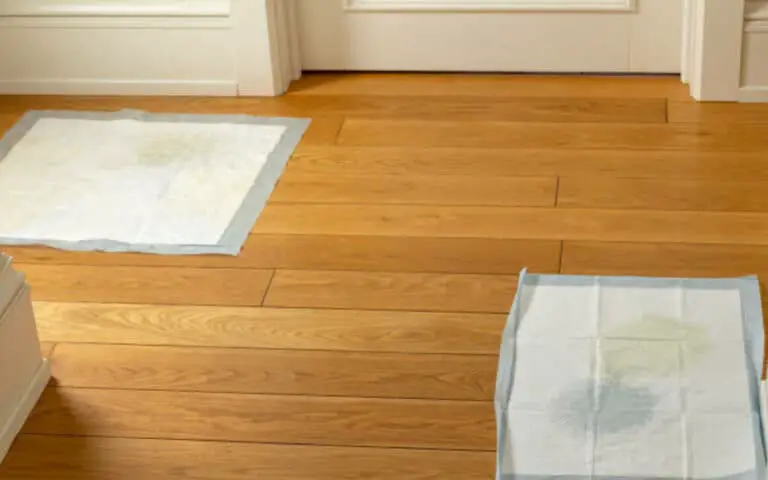My friend asked the Electrician, How Much Energy Does Heated Bathroom Floors Use? He answered that they use a lot of electricity, but the actual amount depends on the type of floor heating system you have installed and how often you use it. Understanding the energy usage of heated bathroom floors and taking steps to save energy can help reduce your energy costs and help protect the environment. Heated bathroom floors are becoming increasingly popular in modern homes, but many don’t understand how much energy they use.
What are Heated Bathroom Floors?
Heated bathroom floors are flooring system that uses a heating element to warm your bathroom floor. This flooring is often found in spas, hotels, and homes, becoming increasingly popular in modern homes. The heating element is usually installed underneath the flooring and can be powered by electricity or hydronic systems.

What is the Operating Cost of Heated Bathroom Floors?
The operating cost of heated bathroom floors relies on the sort of heating procedure you have installed in your bathroom. Electric heated floors typically cost more to operate than hydronic systems, but both are relatively inexpensive compared to other heating forms. Generally speaking, electric heated floors cost around 10-15 cents per hour to operate, while hydronic systems cost about 5-7 cents per hour.
2 Types of Heated Bathroom Floors
Two main types of heated bathroom floors are available: electric and hydronic.
Electric
Electric heated floors use an electric heating element to keep the foot warm, while hydronic systems use hot water to heat the floor. Each type of heated floor has its pros and cons, and it’s essential to understand these before deciding. Electric heated floors are the most popular type of heated floor and are relatively easy to install. They require minimal maintenance and can be controlled with a thermostat.
However, electric heated floors can be expensive and prone to overheating if not adequately monitored.
Hydronic
Hydronic systems are slightly more expensive to install but more energy efficient. They are also deficient in maintenance and can be controlled with a thermostat. The downside is that hydronic systems can be slow to heat up and may require additional insulation to prevent heat loss.
10 Pros of Heated Bathroom Floors
- Heated bathroom floors provide a luxurious and comfortable atmosphere for your bathroom.
- They are relatively easy to install and require minimal maintenance.
- They are energy efficient and can help reduce your energy costs.
- They can be controlled with a thermostat, allowing you to adjust the temperature as needed.
- They are safer than traditional heating systems, as they prevent the risk of burns.
- They help reduce the risk of slips and falls, as the warm floor helps to dry wet surfaces quickly.
- They can help reduce mold and mildew growth, as the warm floor helps keep humidity levels low.
- They are obtainable in mixed classes and colors, completing it easy to find one that fits your taste.
- They are a great way to add value to your home, as many potential buyers are drawn to heated bathroom floors.
- They can help to keep your entire home warmer, as the heat from the floor radiates throughout the house.
5 Cons of Heated Bathroom Floors
- Heated bathroom floors can be expensive to install and operate.
- Electric heated floors can be prone to overheating if not adequately monitored.
- Hydronic systems can be slow to heat up and may require additional insulation.
- Heated floors can be challenging to clean, as mud and waste can obtain stuck in the heating features.
- They can be a conflagration risk if not properly installed and monitored.
Comparing Floor Heating Energy Use to Common Appliances
When looking at the energy consumption of heated bathroom floors, it’s essential to compare it to other common appliances in the home. For example, a refrigerator uses around 180 watts, while a microwave oven uses about 1,000 watts. On the other hand, a heated bathroom floor typically uses about 50-150 watts of power, so it’s much less energy intensive than other common appliances.
7 Ways to Save Money on Heating Ventilation and Air Conditioning (HVAC)
- Install a programmable thermostat to help you save energy.
- Seal any air leaks around doors and windows.
- Upgrade to energy-efficient windows and doors.
- Have your HVAC system serviced regularly.
- Use ceiling fans to circulate air throughout your home.
- Add insulation to your attic and other areas of your home.
- Use energy-efficient light bulbs.
Is there a way to Clean Dryer Vents?
Yes, there are several ways to clean dryer vents. It’s essential to clean the dryer vent regularly to prevent the buildup of lint and debris, which can be a fire hazard. The most common way to clean a dryer vent is to use a vacuum cleaner with a long hose attachment or a special dryer vent cleaning brush. You can also hire a professional to clean your dryer vent.
How to Save Energy When Using Heated Bathroom Floors?
There are several ways to save energy when using heated bathroom floors. First, keep the thermostat comfortable and only turn on the heating when necessary. Second, use insulation to help keep the heat in and reduce energy waste. Third, install a programmable thermostat to help you save energy by only turning on the heating when necessary. Finally, clean the heating element regularly to reduce the risk of overheating.
How Does it Differ from Conventional Heating?
Heated bathroom floors differ from conventional heating in several ways.
- First, heated bathroom floors are safer than traditional heating systems, as they prevent the risk of burns.
- Second, they are more energy efficient, as they typically use less energy than other forms of heating.
- Finally, they are available in various styles and colors, making it easy to find one that fits your taste.
How Does Radiant Floor Heating Work?
Radiant floor heating uses a heating element installed underneath the flooring to keep the floor warm. The heating element can be powered by electricity or hydronic systems, and the heat radiates throughout the room. This flooring is often found in spas, hotels, and homes and is becoming increasingly popular in modern homes.
How to Calculate the Energy Usage of Heated Bathroom Floors?
Calculating the energy usage of heated bathroom floors can be done by using the following formula:
(Total wattage of floor heaters x number of hours used) / 1000 = total kilowatt-hours (kWh)
For example, if you have two-floor heaters with a total wattage of 300 watts and use them for 6 hours per day, the unlimited energy usage would be (300 watts x 6 hours) / 1000 = 1.8 kWh per day.
Verdict
Heated bathroom floors are becoming increasingly popular in modern homes, but many don’t understand how much energy they use. Overall, heated bathroom floors are a great way to add value to your home, provide a luxurious and comfortable atmosphere, and help reduce energy costs. However, they can be expensive to install and operate, so it’s essential to research and ensure you understand the energy usage of heated bathroom floors before deciding.






